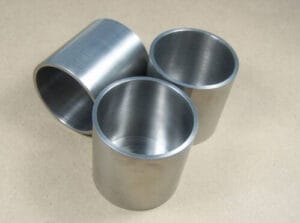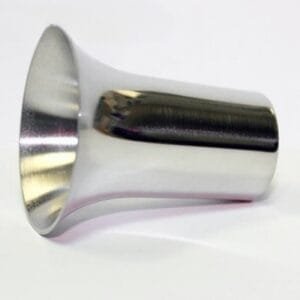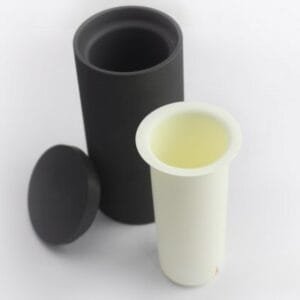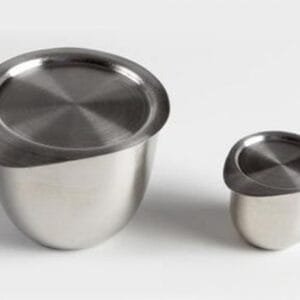Tantalum Crucible Description
Tantalum is a dense, ductile, and hard metal with a distinctive dark blue-gray hue. It is renowned for its remarkable resistance to corrosion, particularly against chemicals at temperatures up to 150°C. Tantalum can only be dissolved with hydrofluoric acid, highlighting its robustness.
With the fourth highest melting point among all metals, tantalum is capable of forming very thin and protective oxide layers. This property makes it particularly valuable in the production of high-quality capacitors and laboratory crucibles, where its durability and chemical stability are crucial.








Reviews
There are no reviews yet.